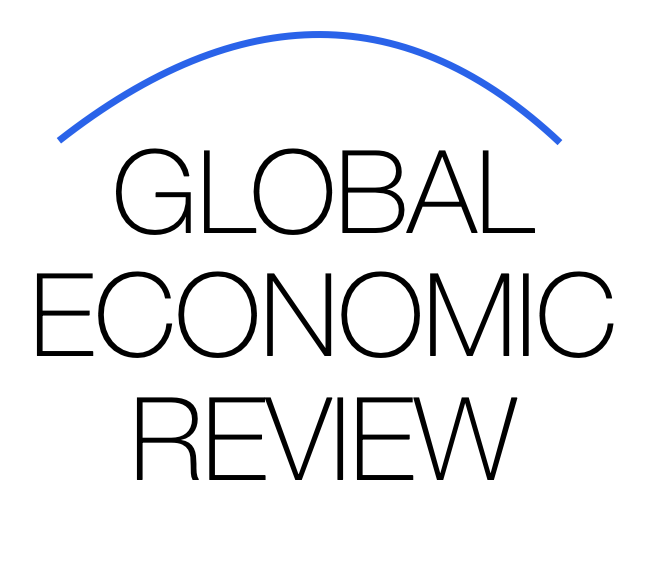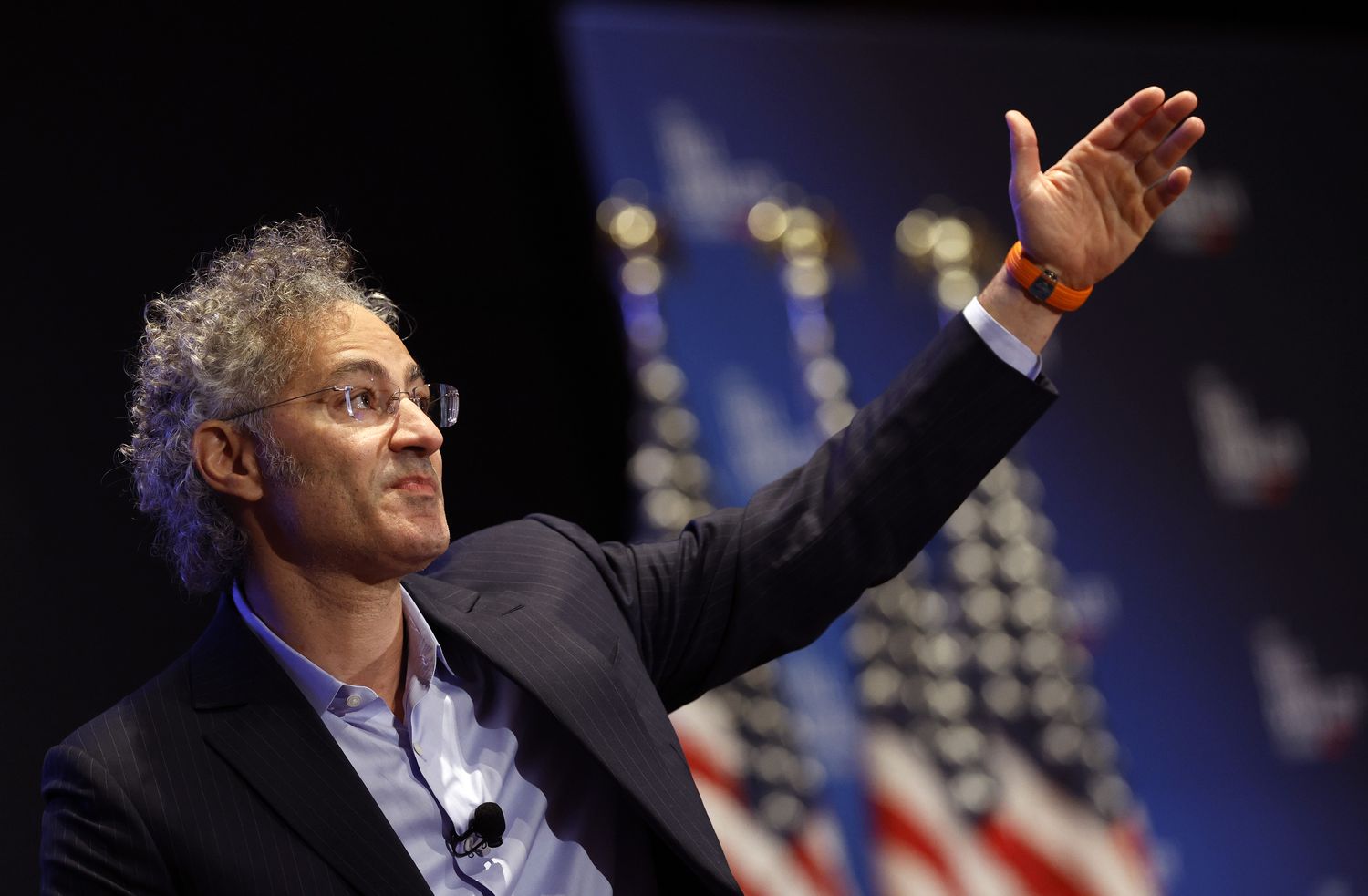U.S. Policy Under Trump: Assessing the Risk of a Global Recession
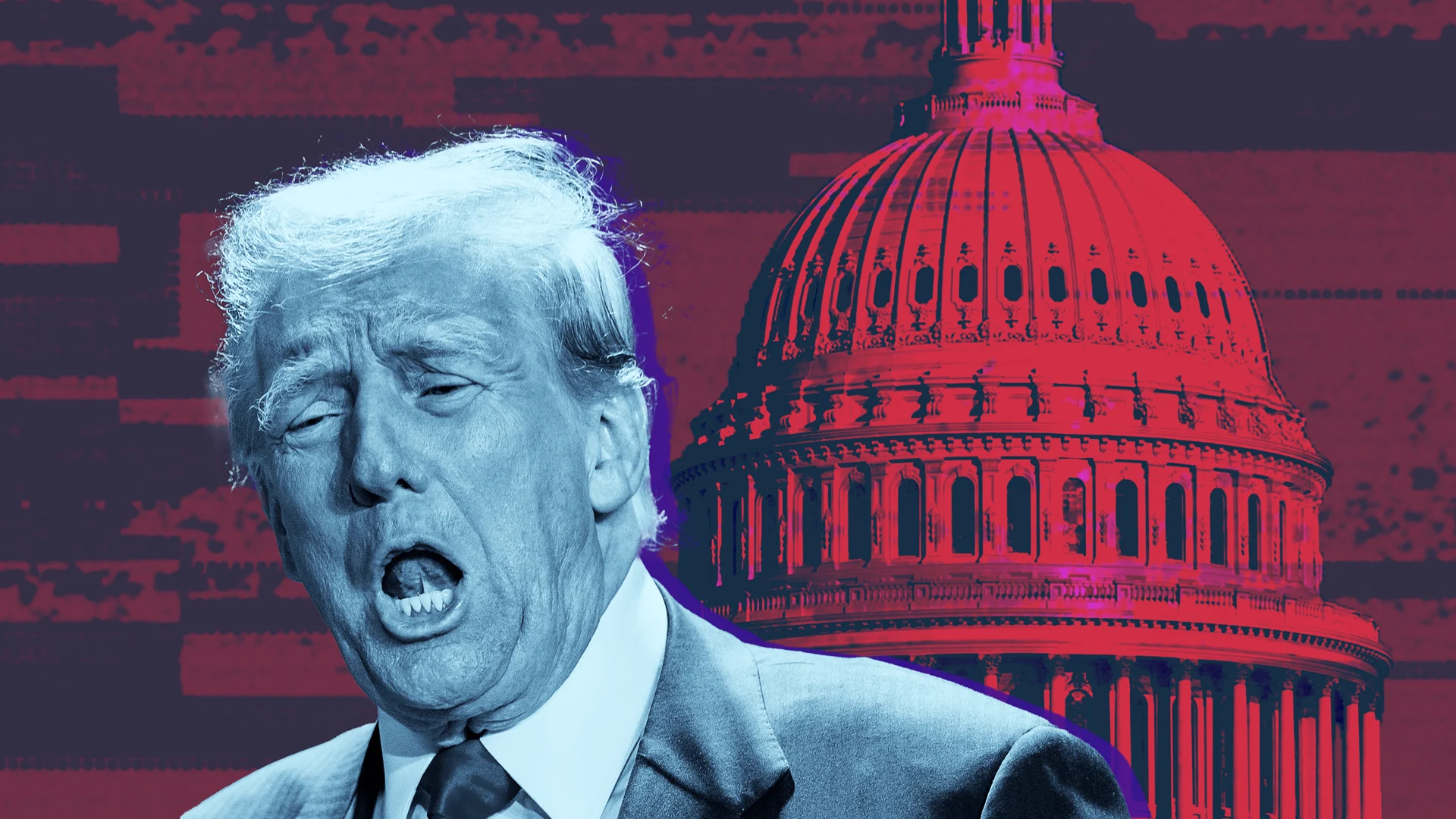
As discussions intensify around the potential economic direction of a renewed Trump administration, global markets are closely watching for signals that could affect systemic stability. The central question many analysts are asking is this: Could the United States, under Donald Trump’s leadership, become a trigger for a global recession?
This question is not speculative rhetoric — it is rooted in economic history and the practical implications of policy.
Understanding the Trump Economic Doctrine
Donald Trump’s economic policy has consistently emphasized “America First”: a mix of protectionism, deregulation, lower corporate taxes, and aggressive trade rebalancing. While these measures aimed to stimulate domestic growth, they often came at the expense of international stability.
Key economic tools previously employed under Trump include:
- Trade tariffs and retaliatory trade wars (e.g., with China and the EU)
- Sanctions and monetary restrictions on global rivals
- Pressure on the Federal Reserve to pursue looser monetary policy
- Withdrawal or renegotiation of multinational agreements, including NAFTA and the TPP
While these actions yielded mixed results domestically, they frequently introduced volatility into global markets, weakened confidence among emerging economies, and disrupted global supply chains.
How the U.S. Could Spark a Global Recession
A global recession doesn’t require a single country to fall into contraction — it needs a cascade of negative shocks, particularly from major economic centers. The U.S., being the largest global economy, holds asymmetric influence over global markets.
Under a Trump administration, these are the primary risk channels:
- Renewed Trade Conflicts
Trump’s past use of unilateral tariffs created ripple effects in global commerce. A second term could reintroduce tariff barriers, potentially against China, Mexico, or even the EU, driving supply chain inflation and disrupting multinational corporate earnings. - Currency Volatility and Capital Flight
Aggressive fiscal stimulus combined with protectionist rhetoric could trigger instability in currency markets. Emerging markets, particularly those dependent on dollar-denominated debt, are vulnerable to capital flight during such periods. - Geopolitical Tensions and Global Uncertainty
Trump’s foreign policy has historically favored bilateralism over multilateral stability. Increased tensions in the Middle East, East Asia, or NATO-aligned regions could elevate energy prices, defense spending, and investor risk aversion, all of which are recessionary triggers. - Institutional Distrust and Market Reaction
Trump’s unorthodox approach to institutions, including the Federal Reserve and the judiciary, can erode investor confidence. Markets thrive on predictability — and erratic or populist decisions risk inducing volatility and loss of global investor trust.
Global Economic Conditions in 2025: Fragile but Not Broken
It’s important to note that while the U.S. wields recession-triggering power, the global economy in 2025 is more diversified than a decade ago. China, India, the EU, and Gulf economies play larger roles in global demand and liquidity.
However, vulnerabilities remain:
- Elevated global debt levels
- Sluggish productivity growth
- Fragile energy and commodity supply chains
- Diverging monetary policy among central banks
In this environment, a policy misstep from Washington could act as a spark in an already flammable landscape.
Conclusion: Not Inevitable, But Plausible
A Trump presidency doesn’t guarantee a global recession — but it does increase the probability of systemic stress if policies mirror past tendencies. The risk is particularly acute if domestic priorities override global coordination, and if policy is executed without attention to interdependence.
The key takeaway for global investors and policymakers: Prepare for volatility, reinforce institutional resilience, and monitor U.S. policy for signs of economic decoupling. A cautious, globally integrated approach will be essential to navigating the turbulence ahead.
